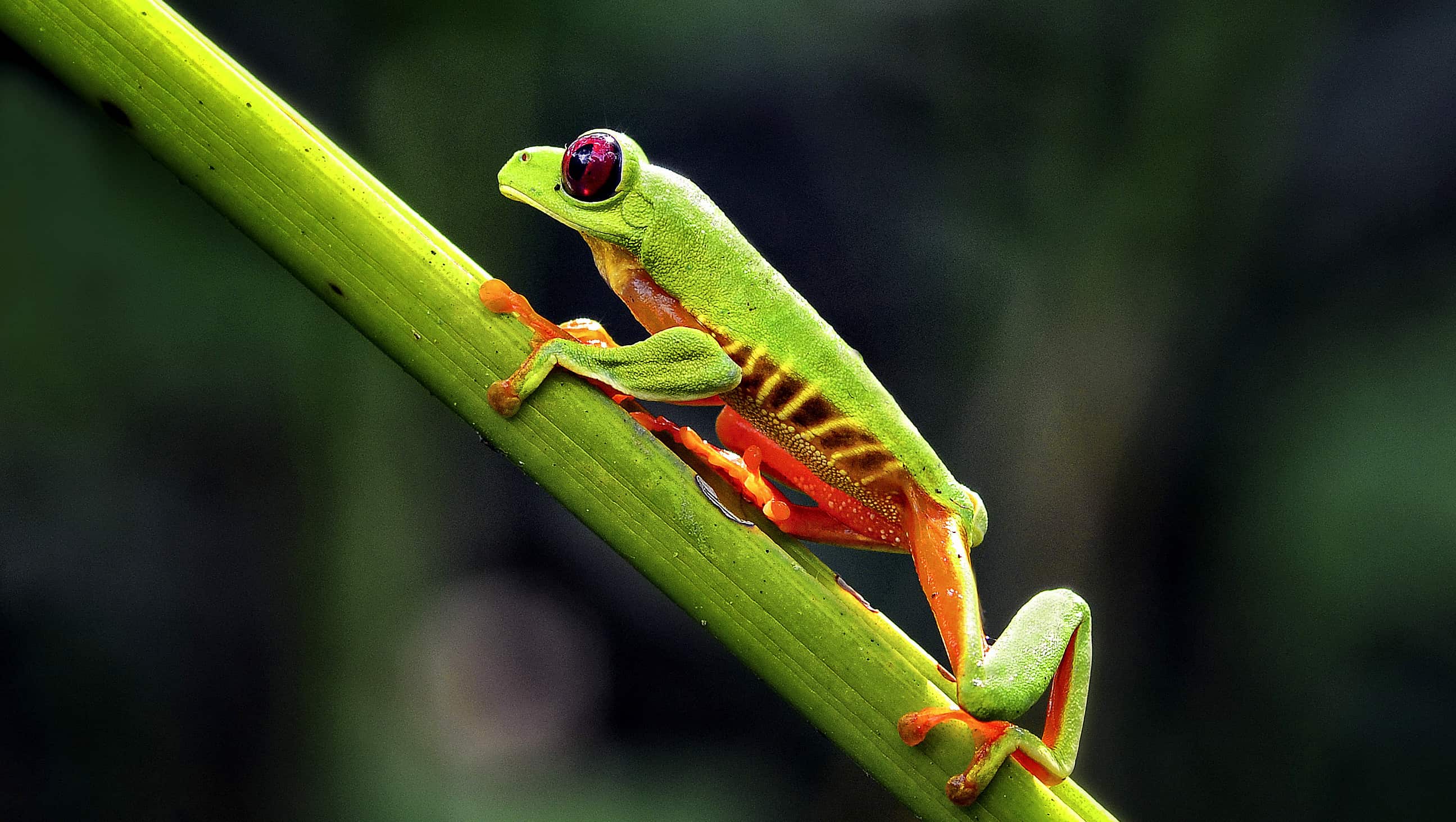 Belize Tourism BoardBy Merle Rosenstein
Belize Tourism BoardBy Merle Rosenstein
Many centuries ago, the Mayan civilization rose out of the rainforests of Belize with dazzling temples, massive artworks and a culture based on the cultivations of corn, chocolate and cassava, only to be reclaimed by the jungle once its time had passed.
Today, an appreciation for traditional Mayan customs and practices is on the rise, and cultural adventurers can experience this ancient civilization at sites like Caracol, Xunantunich and Lamanai, some of the 600 known Mayan sites.
Belize also tempts land and sea adventurers. With two-thirds of the Belizean natural forest protected from development, there’s lots of unspoiled territory to explore. Adrenaline junkies seeking inland adventure kayak along sparkling rivers or hike in the lush rainforest. With the largest cave system in Central America, Belize offers ample opportunity for underground exploration. For water hounds the 300-kilometre Belize Barrier Reef, the largest in the western hemisphere, hosts more than 70 types of hard corals and nearly 500 species of fish. The best diving and deep sea fishing can be found in the waters beyond the reef.
The thousands of caves in Belize, important to the Maya culture, show evidence of the geological forces that shaped this area – underground rivers that chipped away at the soft bedrock leaving behind an extensive series of caverns. Many caverns contain pottery shards, intact pottery and even human remains. Stalactite and stalagmite formations add to the mystery and beauty of this subterranean world. Novice cavers and seasoned spelunkers can find a cave tour to suit their needs. While some caves are easily accessed, others challenge the most rough and ready thrill-seeker to hike, swim, tube, kayak, traverse rock formations, or rappel in.
Caves are found mainly in western Belize in the Cayo District. The most notable cave system is the Actun Tunichil Muknal or ATM, a 45-minute drive from San Ignacio. To heighten the adventure, travellers hike through the Tapir Mountain Nature Reserve to get there. This one-day trip takes you through the Caves Branch River to see one of the most impressive Maya sites in Belize that includes massive pots, ceremonial chambers and human skeletal remains embedded in limestone. To protect the artifacts, access to the caves is limited to a handful of guides. Good caving choices for first-timers are Rio Frio Cave and Barton Creek Cave.
 https://www.flickr.com/photos/andymorffew/
https://www.flickr.com/photos/andymorffew/
The country’s many national parks maintain stunning hiking trails that wind past pristine rivers and plummeting waterfalls and take you through exotic bird habitats. The 83-square-kilometre Shipstern Wildlife Nature Reserve near Corozal boasts spectacular hiking in forest, savanna and wetlands. The Reserve also houses a butterfly aviary, botanical trail and natural history museum.
The tropical rainforests of the Rio Bravo Conservation Area near Blue Creek are home to more than 200 species of trees and 12 endangered animal species. Blue Creek has about 400 species of birds, including Belize’s national bird – the Keel-Billed Toucan.
For a special hiking experience, Half Moon Caye Natural Monument on the Lighthouse Reef Atoll has a bird sanctuary for the Red-footed Booby and is a habitat for frigate birds and 97 other species. Other excellent hiking spots are Hokeb Ha Cave and Tiger Cave, Cockscomb Basin Wildlife Sanctuary, and Five Blues Lake National Park. 
Water enthusiasts can dive, snorkel and fish in the protected waters of the Belize Barrier Reef Reserve system. The Belize Barrier Reef has seven World Heritage sites including the Bacalar Chico Marine and Wildlife Reserve, Blue Hole National Park, Glover’s Reef Marine Reserve, Half Moon Caye Natural Monument, Laughing Bird Caye National Park, South Water Caye Marine Reserve and Sapodilla Cayes Marine Reserve. A few examples of premier diving spots are Ambergris Caye and Half Moon Caye Natural Monument.
Near the lively town of San Pedro, Ambergris Caye, the largest and most popular of Belize’s many islands, lies about 1.6 kilometres from the Belize Barrier Reef. Even after 30 years of tourism, much of the native charm still remains. Stunning beaches, soft white coral and cooperating currents attract divers.
Part of the Lighthouse Reef Atoll (a ring-shaped coral island surrounding a lagoon), Half Moon Caye Beach gives snorkelers a spot to lounge around.
Eighty kilometres off the coast, the Great Blue Hole is an amazing natural phenomenon that was brought to world attention by Jacques Cousteau in the 1970s. Located in the centre of Lighthouse Reef and referred to by divers as the ‘Aquarium’, the Great Blue Hole yields perfect views of marine life.
For more information on land and sea adventures in Belize, go to www.travelbelize.org


